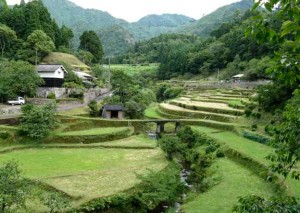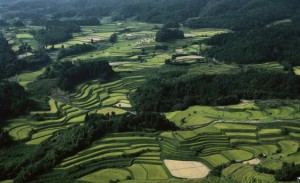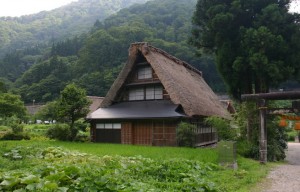The underground Metro as a swimming pool?
Nathalie Kosciusko- Morizet, UMP candidate for mayor of Paris , has proposed the first sketches of possible uses she imagines for ghosts metro stations in the capital :
Under the feet of Parisians are several metro stations called ghost! These disused stations are not accessible to the public. A project to redevelop and make new trendy places of the capital is considered.

The first ideas would be to turn these unused stations by metro to make theaters , swimming pools, or even restaurants. Seven stations concerned to make this idea more concrete , the project has been imaged by a young Parisian architect , Manal Rachdi , a planner and architect, Nicolas Laisné , who took the example of the Arsenal station revisited . The redevelopment project would involve seven stations. This project is probably not ready to be implemented as it takes to get everyone to agree before . By the way, why is there ghosts stations ? Some were closed during the Second World War and never reopened. Others were built but never received it and some travelers do not even have access to the public. Still others are used today to train technicians RATP. Note that the rehabilitation of these stations would be long and costly, as they should comply with the new safety standards.





















